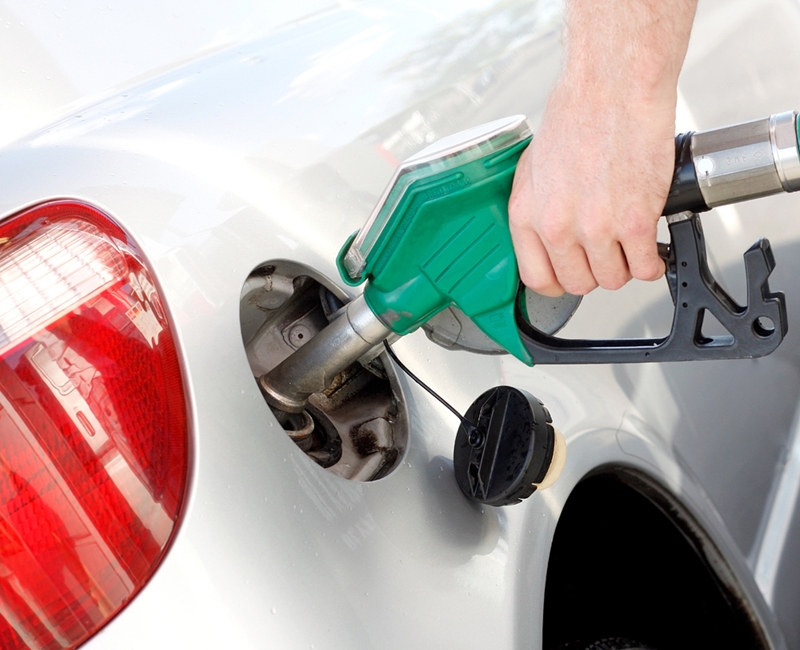
The vehicle identification number (VIN) is composed of 17 characters (digits and capital letters) that act as a unique identifier for the vehicle. A VIN displays the car's unique features, specifications and manufacturer.
The VIN can be found in a couple of places including on the car's registration label (1), on the compliance plate in the engine bay (2) or on the passenger side windshield (3), or on one of the door posts (where the door latches when it is closed) (4). See the image below:
Have you ever read the specs for a used car and just seen a strange sequence of letters? Perhaps your local dealer has reeled off some acronyms at you and they sounded like mere white noise. The automotive world loves an acronym, but don't worry if you don't know your VINs from your ESCs - you're certainly not alone!
It could help to know a few essentials, however, so here are a few terms you might want to remember when buying a car.
- ABS
Anti-lock braking system. Decades ago, if you were to brake hard, your wheels would lock up, leaving you skidding uncontrollably. ABS is a computerised system that controls the brake force for each wheel, preventing your wheels from locking and helping you stay in control.

- Crossover
Crossovers are increasingly common in Australia, combining an sports utility vehicle (or SUV) with a smaller model, and delivering the benefits of both.
- ESC
Electronic stability control is a computer system that applies the brakes for each wheel to prevent understeer (when the car doesn't turn sharply enough) or oversteer (when it turns too much). ESC is also known as dynamic stability control (DSC) or an electronic stability program (ESP).
- Hybrid
Heard about electric cars but still not convinced? A hybrid is powered by both an electric and a traditional fuel engine, creating lower emissions and extending your driving range.
- Kerb weight
The natural weight of the car with fuel, oil and coolant, but no passengers or other items.
- L/100km
Litres per 100 kilometres travelled: a way to determine fuel consumption. According to Green Vehicle Guide, one of the best-performing cars today is the Fiat 500, which has a consumption rate of 3.9 kilometres per 100 kilometres1. Depending on the weight and power of the car, this figure can be much higher.

- Turbo
We all see cars with "turbo" tacked onto the end. But what does it mean? Essentially, a turbocharger is a turbine that's spun by the engine's exhaust gases. This compressed air is then forced back into the cylinders to create more engine power than 'naturally aspirated' cars - those without turbos.
- Torque
Torque is the turning force produced by a car's engine, often portrayed in Newton metres (Nm). If you need pulling power or the ability to move in rougher terrain, a higher torque is usually your best friend.
- VIN
This is a car's unique code - a string of numbers employed for identification purposes. They should match the code on the car's registration documents.
The VIN is incredibly useful. For instance, you use it to access the vehicle's CarHistory report online, which can provide insight into whether the vehicle has been involved in any accidents.
1Green Vehicle Guide, Australia's Top 20 CO2 Performers January 2016. Accessed August, 2016.